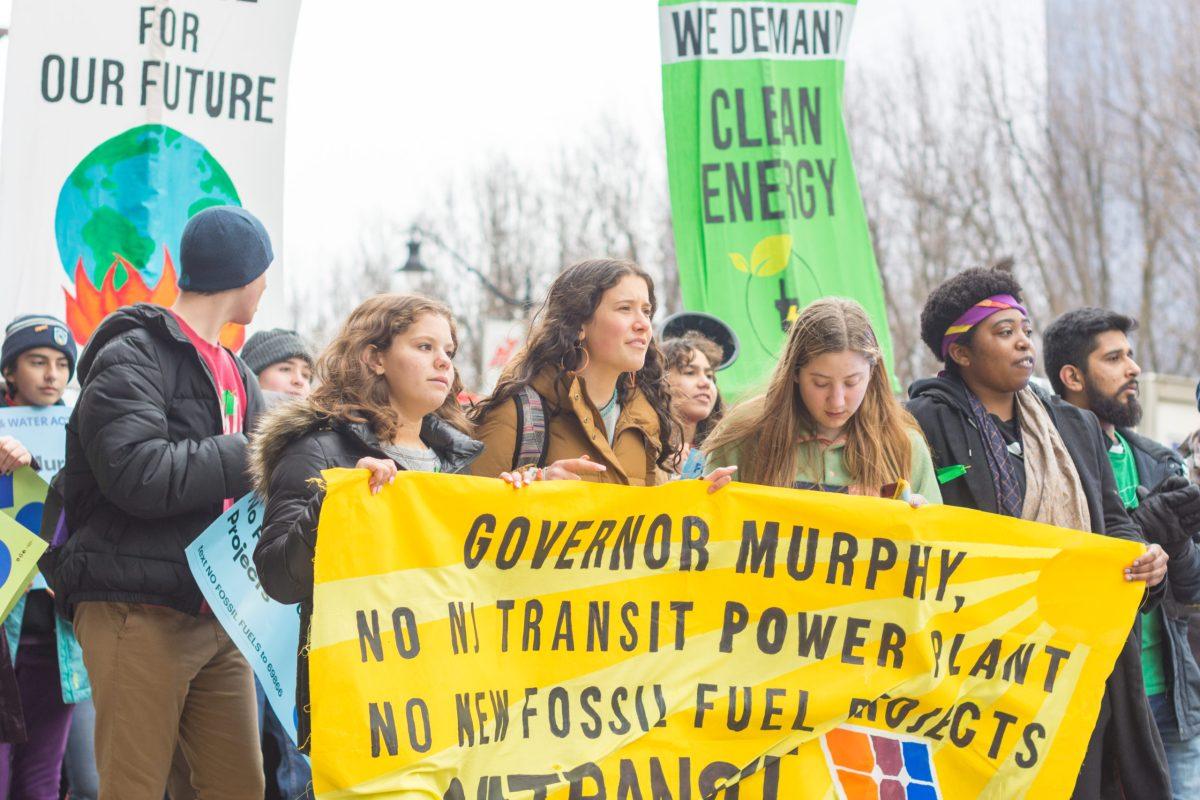How replenishing the world’s forests could cancel out nearly a decade of fossil fuel emissions
Scientists have discovered many different methods to combat the earth’s global warming crisis, though none have come to fruition yet. Solar power, wind power, nuclear power—while great concepts—have not fulfilled their potentials. But what if the best way to save the planet is to save its forests?
Scientists now predict that replenishing the world’s forests could be the answer to removing CO2from the atmosphere. After all, trees, like most plants, take in carbon dioxide and release oxygen. As with all methods of tackling climate change, is this a viable solution? If so, how is this achievable?
A team from Crowther Lab, led by Dr. Thomas Crowther, a professor from the Swiss Federal Institute of Technology in Zurich, has established that replenishing the world’s forests could cancel out nearly a decade of fossil fuel emissions. By those standards, replanting trees would outperform other global warming-countermeasures such as building wind turbines or installing solar panels. Studies show that there is enough space on the planet to plant approximately 1.2 trillion trees. Parks, woods, and abandoned land can all be used to repopulate the world’s trees count.
If the solution to global warming is as simple as replanting trees, then why has there not been a bigger push to do so? The scientists from Crowther Lab deduced that the lack of accurate information has led other scientists to neglect this option. The team believes that for many years, other experts low-balled the number of trees on the planet. Since scientists believed the tree population was so low, they also undervalued how useful trees could be to fight the earth’s global warming problems. Using surveying and satellite data, the team was able to conclude that there are 3 trillion trees on earth—seven times more than previous estimates. This number is also consistent with a separate study conducted by Yale University in 2015.
CO2removal has been a talking point when it comes to facing global warming. While renewable energy options were developed as alternatives to fossil fuel use, they alone will not be enough to solve climate change issues.
Carbon removal devices are needed to meet the 2016 Paris Agreement, which aims to limit the increase of global average temperatures to 2 °Celsius. These types of devices are being developed by the minute, but why not use the carbon capturing systems that nature provides?
While replenishing the world’s forests seems promising, it is still a process that will likely not be achieved anytime soon. After all, planting 1.2trilliontrees may not be feasible. However, that does not mean that trees are not needed to fix the world’s climate change issues.
The United Nations renamed their “Billion” Tree Project to “Trillion” Tree Project after Crowther’s findings, and have so far planted 17 billion trees in suitable locations. The replanting of trees is crucial to preserving life on earth. While the planet begins to repair itself, it is imperative that its inhabitants do their part to reduce fossil fuel emissions and save the earth.



































